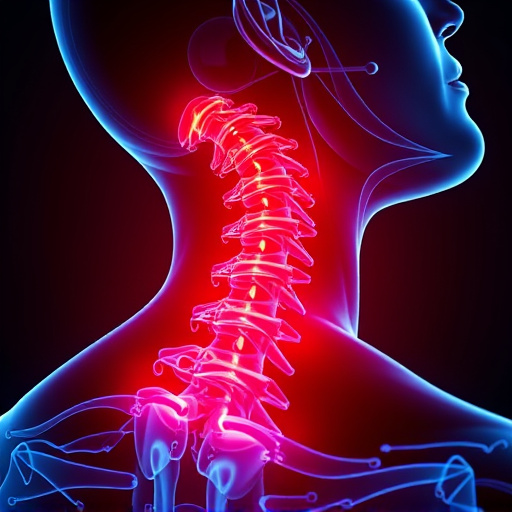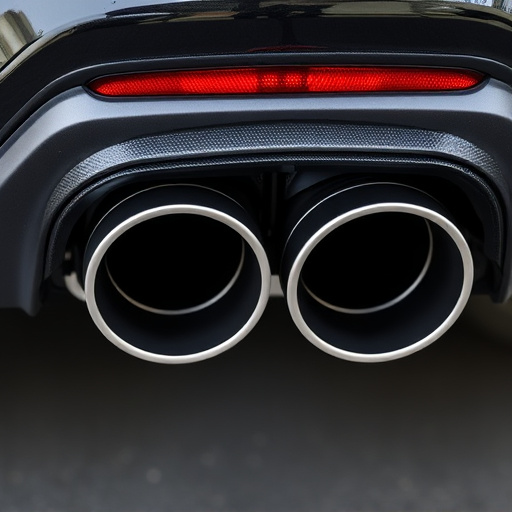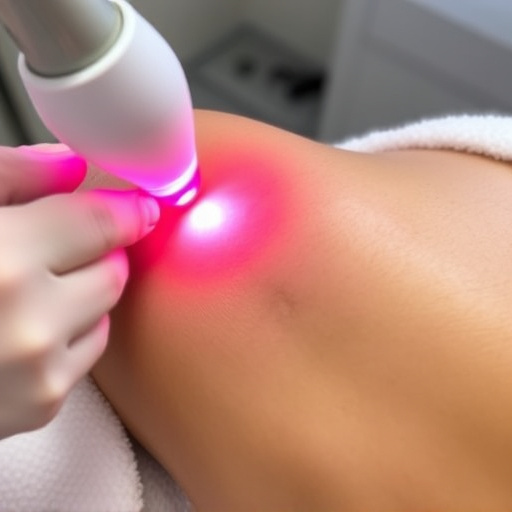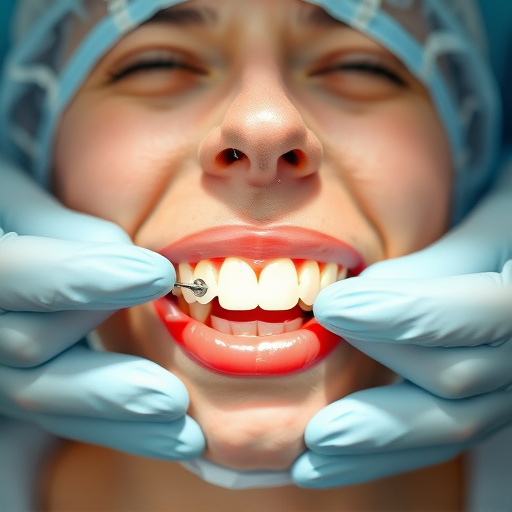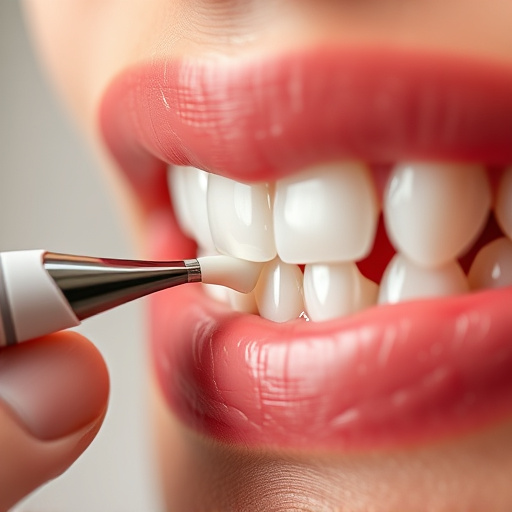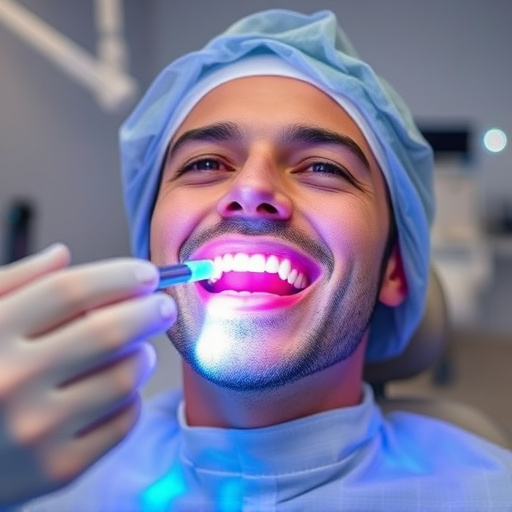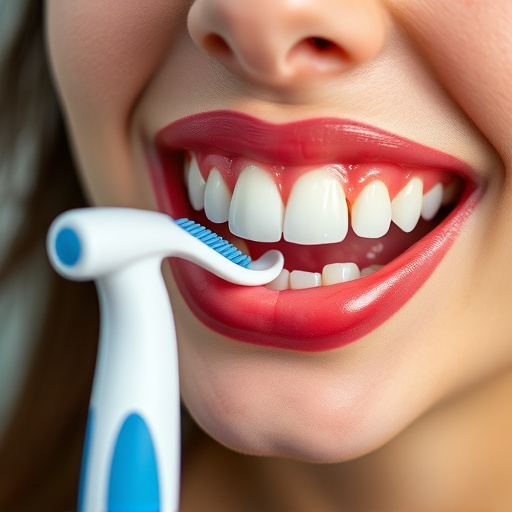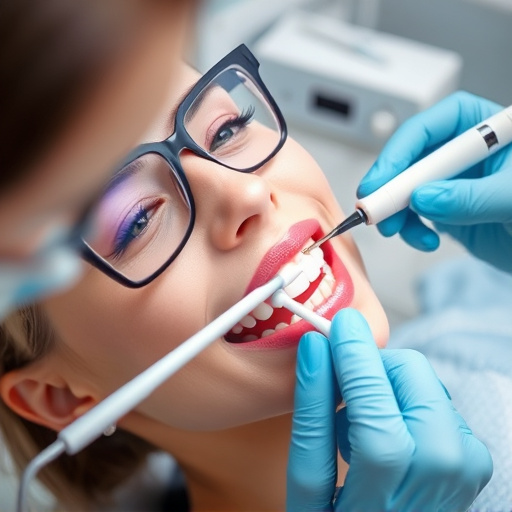Minimally invasive dentistry (MID) uses advanced technologies like lasers, digital imaging, and CAD to preserve natural tooth structure, offering alternatives to complex treatments like dental bonding and laser caries removal. This patient-centric approach enhances precision, reduces tissue damage, softens interventions, and provides benefits such as faster recovery times, reduced pain, and minimal cuts during procedures, making it ideal for routine care and patients with dental anxiety.
In today’s dental landscape, minimally invasive dentistry (MID) is revolutionizing patient care. This innovative approach combines cutting-edge technology with gentle techniques to preserve tooth structure and reduce discomfort. By understanding MID procedures, exploring technology’s role in softening interventions, and considering its benefits and patient-specific factors, dentists can offer a more comfortable and effective dental experience.
- Understanding Minimally Invasive Dental Procedures
- Technology's Role in Softening Dental Interventions
- Benefits and Considerations for Patients
Understanding Minimally Invasive Dental Procedures
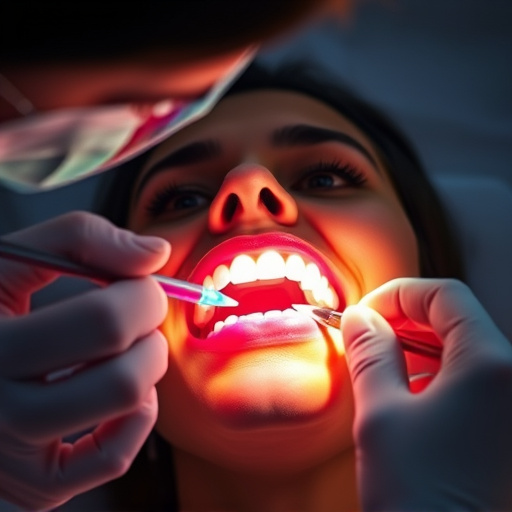
Minimally invasive dentistry is a modern approach that focuses on preserving as much natural tooth structure as possible while treating dental issues. This technique prioritises gentle and precise procedures, reducing the need for extensive drills or cutting. By leveraging advanced technology like laser dentistry, digital imaging, and computer-aided design (CAD), dentists can accurately diagnose and treat problems with minimal disruption to healthy teeth and gums.
Unlike traditional methods that often involve complex treatments like dental surgeries or multiple fillings, minimally invasive dentistry offers alternatives such as dental bonding and precise laser treatments for caries removal. This approach not only enhances patient comfort but also promotes long-term oral health by maintaining the natural shape and function of teeth, thereby providing a more comprehensive dental care experience tailored to individual needs.
Technology's Role in Softening Dental Interventions
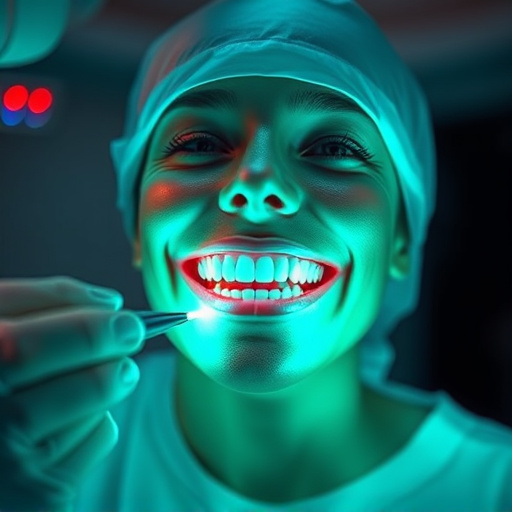
In the realm of minimally invasive dentistry, technology plays a pivotal role in softening and enhancing dental interventions. Modern tools such as advanced digital imaging, 3D printing, and laser-assisted procedures enable dentists to precisely plan treatments, reducing the need for extensive incisions or aggressive techniques. For instance, when navigating complex wisdom tooth removal procedures, these technologies offer greater accuracy and control, minimizing tissue damage.
Furthermore, innovations in minimally invasive dentistry extend beyond procedure planning. Tools designed for tasks like dental cleanings and cosmetic fillings are now more efficient and gentle. Electric toothbrushes with advanced sensors, for example, can detect plaque buildup precisely, allowing for targeted treatments. Similarly, composite resin fillings offer a less invasive alternative to traditional metal fillings, providing both aesthetic benefits and the preservation of healthy tooth structure.
Benefits and Considerations for Patients
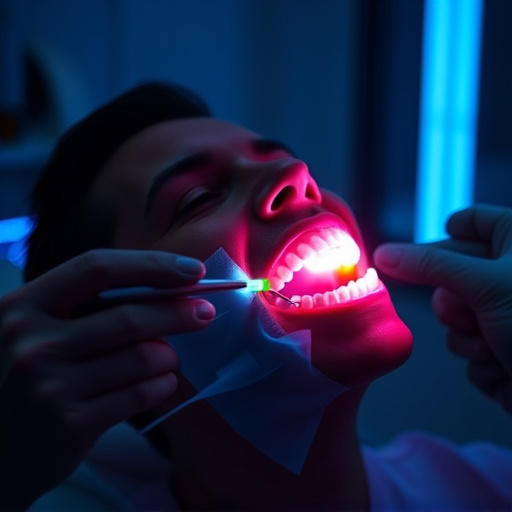
Minimally invasive dentistry offers a range of benefits for patients seeking dental treatments. This modern approach combines advanced technologies with gentle, precise techniques to provide more comfortable and efficient care. Patients can expect reduced recovery times, less pain, and smaller incisions or no cuts at all during procedures. This is particularly advantageous for those who might avoid traditional dental work due to anxiety or discomfort.
When considering minimally invasive dentistry, it’s essential to discuss concerns with a qualified dentist. While this method streamlines treatments, certain complex cases may still require more extensive interventions. For instance, emergency dental care situations or significant cosmetic dentistry needs might necessitate traditional approaches. However, for routine check-ups, fillings, and even procedures like dental bonding, minimally invasive techniques can significantly enhance patient experiences and outcomes.
Minimally invasive dentistry represents a significant shift in dental care, combining advanced technology with gentle techniques to provide more comfortable and effective treatments. By leveraging innovations like digital imaging, laser dentistry, and precise instruments, dentists can now access and treat oral issues with minimal disruption to healthy tooth structure. This approach offers numerous benefits, including reduced recovery times, less pain, and improved overall patient experiences. As with any procedure, it’s crucial to weigh the advantages against potential risks and consider individual needs, ensuring a personalized and comfortable dental journey.



